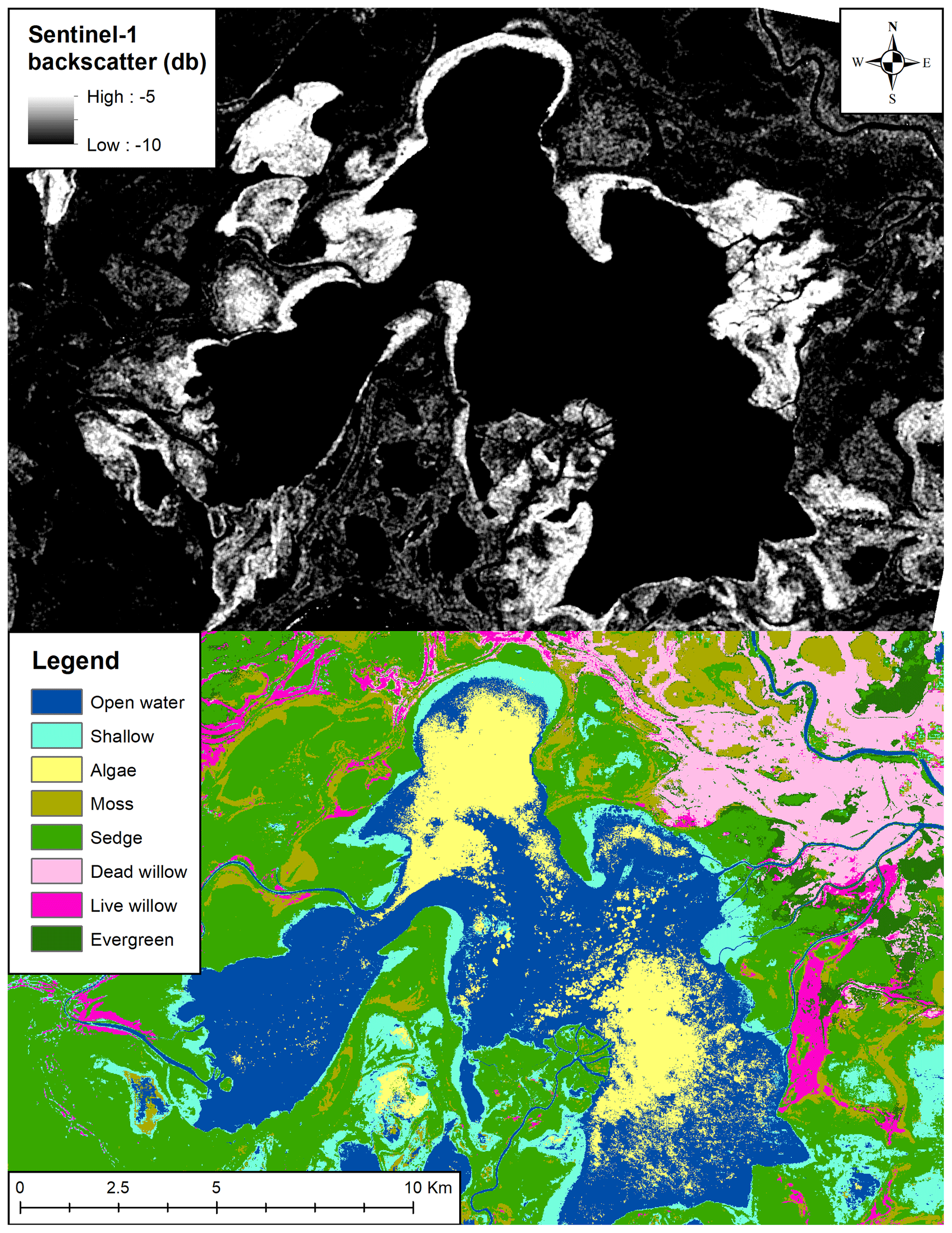

In pursuit of improved accuracy, there is a tendency for each new group working in a basin to develop their own model, or suite of models, resulting in a plethora of hydrological tools for each major basin. Very significant effort and funding has gone into these models. In large river basins in the developing world, international donors have supported hydrological modeling for water resources management and planning, from two perspectives: to inform decisions relating to national development and poverty alleviation and to prevent trans-boundary conflicts by promoting equitable allocation and access. Hydrological models help understand the past and current state of water resources in the basin, and provide a way to explore the implications of management decisions and imposed changes (such as climate change).

Hydrological modeling has become an indispensable component of water resources research and management in large river basins. Finally, within each major basin, an appropriate agency should be identified and resourced to take responsibility for data sharing and coordination, to reduce redundancy of effort and promote collaboration.

Initiatives are needed to improve the quantity and quality of data for model input, calibration and validation, both traditional hydrological monitoring (improved networks, expansion of automated systems) and new methods for data collection (remote sensing, crowd-sourcing and community based observations). More focus is needed on reporting uncertainty, to allow more realistic assessment of the degree of confidence in using results for policy and management. Model setups and input data, as well as model results, should be published, to allow more coordinated approaches and capitalize on past modeling efforts. Based on this review, four areas for action to improve effectiveness and reduce duplication in hydrological modeling of large basins are suggested. The question then becomes: how much modeling is enough? This study reviews hydrological modeling in four large basins (Nile, Mekong, Ganges and Indus). There is a tendency for each new group working in a basin to develop their own model, resulting in a plethora of such tools for each major basin. Hydrological modeling is an indispensable component of water resources research and management in large river basins.


 0 kommentar(er)
0 kommentar(er)
